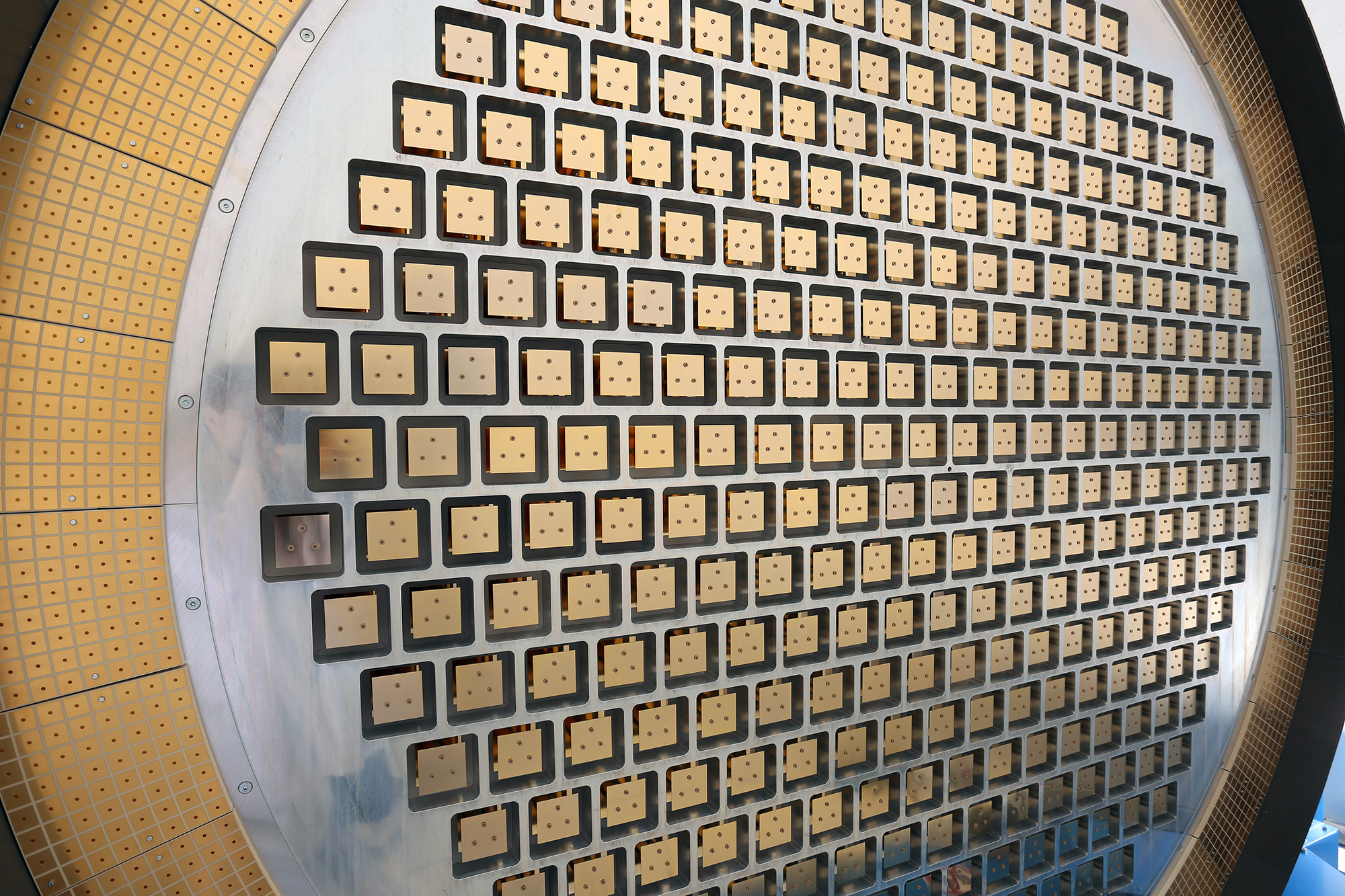GESTRA: Low earth orbit always »in sight«
In order to monitor low Earth orbit and know which objects are moving around there, a phased array radar with high beam agility is required. Fraunhofer FHR is building such a radar for the Federal Ministry of Economics. In September 2020, the partially mobile space surveillance radar GESTRA will be handed over to the German Aerospace Center (DLR).
What is flying around Low Earth Orbit, LEO in short, and where? This question is not only an interesting in itself, it is also relevant for our daily lives. LEO is where the satellites travel along their orbits, providing us with information – whether for navigation systems, for critical infrastructures such as communications, stock markets etc. And this is also where significant amounts of space debris are flying around – representing an increasing danger to satellites. NASA has created a catalog – the Master Catalog - to be able to warn satellite operators in time when a piece of debris is getting dangerously close to a satellite. This catalog contains most of the flying objects in LEO. When it comes to US satellites, however, most of them cannot be found in the lists due to tactical reasons. Therefore, Germany would like to free itself from this dependency. This requires two different radar systems: One that tracks and images individual space objects – this is done by the space observation system TIRA at Fraunhofer FHR and another one that fulfills the surveillance function, i.e. that detects the different objects in a large section of space. This can only be achieved by a phased array radar with a high range and beam agility that has not been available in Germany until now.
Core Competence: Fast Space Surveillance
The Federal Ministry of Economics therefore commissioned the Fraunhofer FHR to set up such a phased array radar: from the conception and the design phase to the operational system. The design involves a quasi-monostatic system consisting of separate transmitting and receiving subsystems. The phased array antennas are each set up with a 3-axis positioner: This makes it possible to first set the surveillance area mechanically and then scan this area electronically within milliseconds. In the process, the radar beams form a type of fence that can be likened to windshield wipers. Every object that is large enough and passes through the fence will be detected. GESTRA's unique feature: It is partially mobile, meaning that it can be set at any location. In addition, it is able to very accurately determine the position of objects.
September 2020: Handover to the DLR
By now, the GESTRA system is about 90% complete. Next up will be the series acceptance of the components from Fraunhofer FHR, particularly the electronics in the transmitting and receiving antennas. In May 2020, GESTRA is to be brought to the military training area Schmidtenhöhe near Koblenz to be connected to the existing infrastructure on site. System checks for the German Aerospace Center (DLR) as the project management owner on the contract side will then follow. In September 2020, GESTRA will be handed over to the DLR as well as the Space Situational Awareness Center. The Space Situational Awareness Center will use the new radar system to create a German master catalog. If there is more interest in a specific object, it will in turn task Fraunhofer FHR with the tracking and imaging of this object using TIRA.
Since GESTRA is to be operated in Uedem in North Rhine-Westphalia – i.e. remotely – it has to be possible to check the system's »health« anytime. That is why the 34-member GESTRA team installed over 2000 sensors that can be monitored via a remote control. When all sensors give the »green« light, GESTRA can be started. The sensors also monitor the different functions during operation.
In the long run, interconnecting multiple GESTRA systems will make sense: Because if the radars are set up 300 kilometers apart from each other, they will see the objects from different angles, allowing for a more significantly accurate position determination than when using only a single radar. This is precisely the possibility provided by GESTRA's partial mobility.
